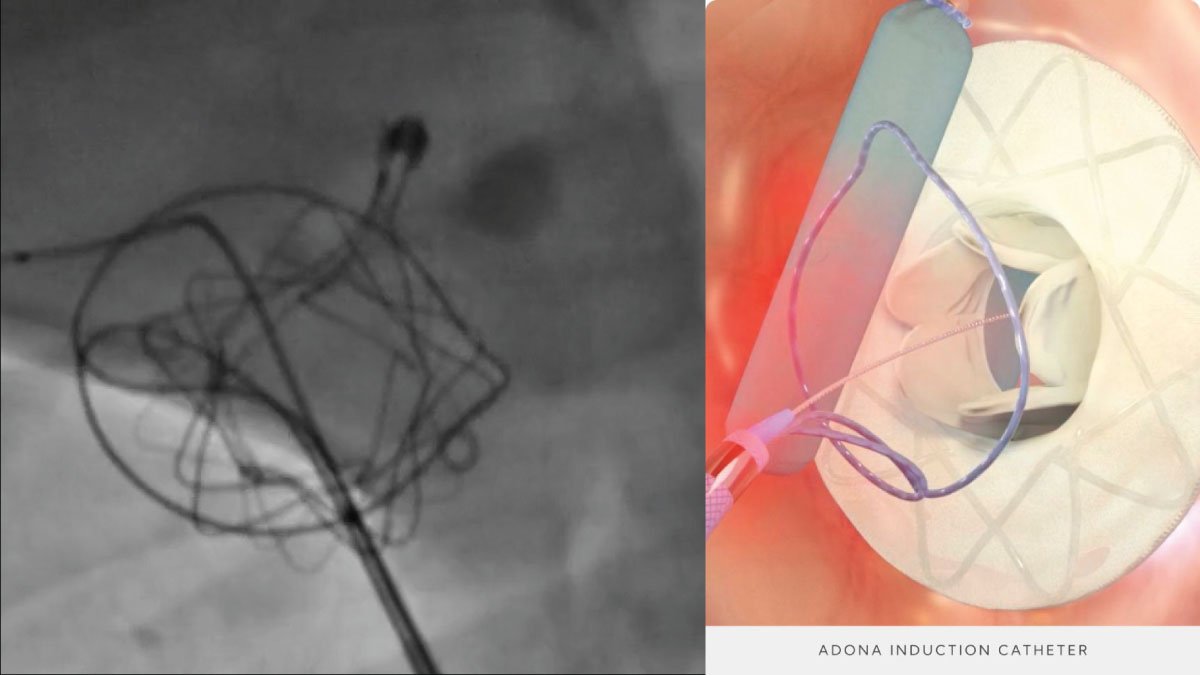What is the Cell Cycle? Understanding the Cell Life Cycle

The cell cycle is the sequence of stages in which cells grow and divide. This process is necessary for the growth, development and tissue repair of living organisms. Understanding the cycle is important to understanding how cells work and reproduce.
Phases of the Cell Cycle
The Cell Cycle Consists of Four Main Phases:
- G1 phase (Gap 1): In this phase, the cell grows and performs its regular functions. This is a period of intense biochemical activity as the cell prepares for DNA replication.
- S phase (synthesis): During S phase, a cell replicates its DNA. Each chromosome is duplicated so that both daughter cells receive an identical set of chromosomes.
- G2 phase (Gap 2): After DNA replication, the cell enters the G2 phase, where it continues to grow and prepares for mitosis and cytokinesis. The cell checks for DNA errors and corrects them to ensure accurate cell division.
- M phase (mitosis): Mitosis is the process in which a cell divides into two daughter cells, A nuclear division (mitosis) followed by a cell division (cytokinesis).
- This phase includes several phases:
- Prophase,
- Metaphase,
- Anaphase and
- Telophase,
- This phase includes several phases:
followed by cytokinesis, where the cytoplasm splits and two new cells are formed. The period between mitotic divisions – that is, G1, S and G2 – is known as interphase.
Cell Cycle Regulation
The cycle is tightly regulated by several checkpoints. These checkpoints ensure that each step is performed accurately before the cell moves to the next step. The key regulators are cyclins and cyclin-dependent kinases (CDKs), which together advance the cell throughout the cycle.
- The G1 checkpoint: This checkpoint determines whether the cell has the necessary resources and is in the right state to continue DNA replication.
- G2 Checkpoint: The cell checks for DNA damage after replication. If errors are detected, the cell attempts to correct them before entering mitosis.
- M Checkpoint (Spindle Checkpoint): During mitosis, this checkpoint ensures that all chromosomes are properly attached to the spindle apparatus before the cell divides.
- Importance of the cell cycle: The cycle is essential for many biological processes,
Including:
- Growth and Development: The cell cycle allows organisms to grow by increasing the number of cells. During embryonic development, rapid cell division is crucial for the formation of tissues and organs.
- Tissue Repair and Regeneration: Cells must divide to replace damaged or dead cells, thus maintaining tissue health and function.
- Reproduction: In unicellular organisms, the cell cycle is reproduction which allows the organism to produce identical offspring.
Conclusion
The cell cycle is a complex and highly regulated process that is essential for life. It ensures that cells grow, reproduce their DNA and divide accurately, maintaining the integrity and function of organisms. Understanding the cell cycle helps scientists understand how growth, development and tissue repair occur, and provides insight into diseases such as cancer in which the cycle regulation is disrupted.




















